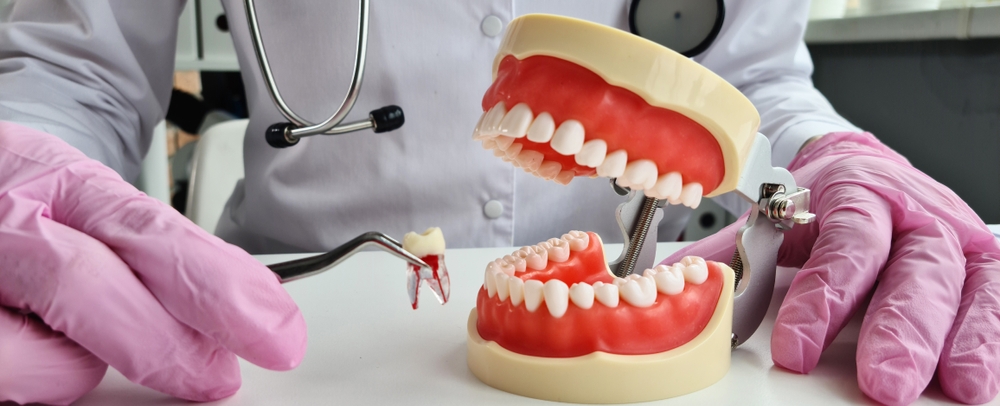
Commonly, the healing process after an extraction takes place quite smoothly if you follow your dentist’s instructions; however, getting a tooth pulled is enough to scare most patients. One of the more common dry socket outcomes occurs after the wisdom tooth extractions in Grande Prairie. It can be a painful kind of person and slow down your healing. You should note what it is, how you can avoid it, and how to handle it in case it occurs.
What Is a Dry Socket?
After a tooth is removed, a blood clot forms in the space where the tooth used to be. This clot protects the bone and nerves underneath while your gum heals. A dry socket happens when the blood clot doesn’t form properly or gets knocked loose. When this happens, the area becomes exposed, causing pain that can spread to your jaw, ear, or even your head.
This issue usually shows up a few days after the tooth has been removed. You might notice a bad taste in your mouth, bad breath, or even see the bone in the socket. One important way to prevent dry socket is to follow your dentist’s aftercare instructions very carefully.
What Causes a Dry Socket?
Dry socket is more likely to happen if you smoke, use a straw, or poke around the extraction area with your tongue or fingers. Poor oral hygiene and past experiences with dry socket can also increase your chances. Even if you do everything right, there’s still a small chance it could happen.
It’s important to avoid anything that could disturb the healing blood clot. Smoking, in particular, is a big risk because the sucking motion and the chemicals can stop the clot from forming properly.
Dry Socket Treatment
If you develop a dry socket, your dentist will clean the area to remove any debris and may place a medicated dressing inside the socket to relieve pain and promote healing. Pain medications may also be prescribed to manage discomfort. Follow-up appointments may be scheduled to replace the dressing and ensure proper healing. With the right treatment, dry socket can be effectively managed.
How Is a Dry Socket Treated?
If you start to feel sharp, worsening pain a few days after your tooth was pulled, it’s time to call your dentist. Dry socket won’t go away on its own and needs attention. Your dentist will clean out the socket to remove any food or debris. They may also place a medicated dressing to protect the area and help reduce the pain. Over-the-counter pain relievers can help, but sometimes a prescription is needed.
A good dry socket cure will not only reduce your pain but also help speed up your recovery. Your dentist might also give you a special rinse or suggest using warm saltwater to keep the area clean.
The Importance of a Trusted Dentist
When it comes to tooth extractions, having a skilled and caring dentist makes a big difference. If you’re looking for a dentist in Grande Prairie, it’s helpful to find one who takes the time to explain the procedure and answer your questions. A good dentist will also give you clear instructions on how to care for your mouth afterward to lower your risk of dry socket.
After your extraction, be sure to avoid crunchy or spicy foods for a few days. Stick to soft foods like yogurt, soup, or mashed potatoes. Don’t use a straw and avoid smoking. Also, try not to rinse your mouth too hard or touch the area with your tongue or fingers.
Gentle Care at Dental Care Centre
At Dental Care Centre, we’re committed to helping you heal quickly and comfortably after your tooth extraction. Whether you’re dealing with a dry socket or planning for an upcoming removal, our team is here to support you every step of the way. We focus on your comfort and care so you can get back to your normal routine with confidence.
Don’t let tooth pain slow you down. Call Dental Care Centre in Grande Prairie today to book your visit. Let us help you take the next step toward a healthier, happier smile!
